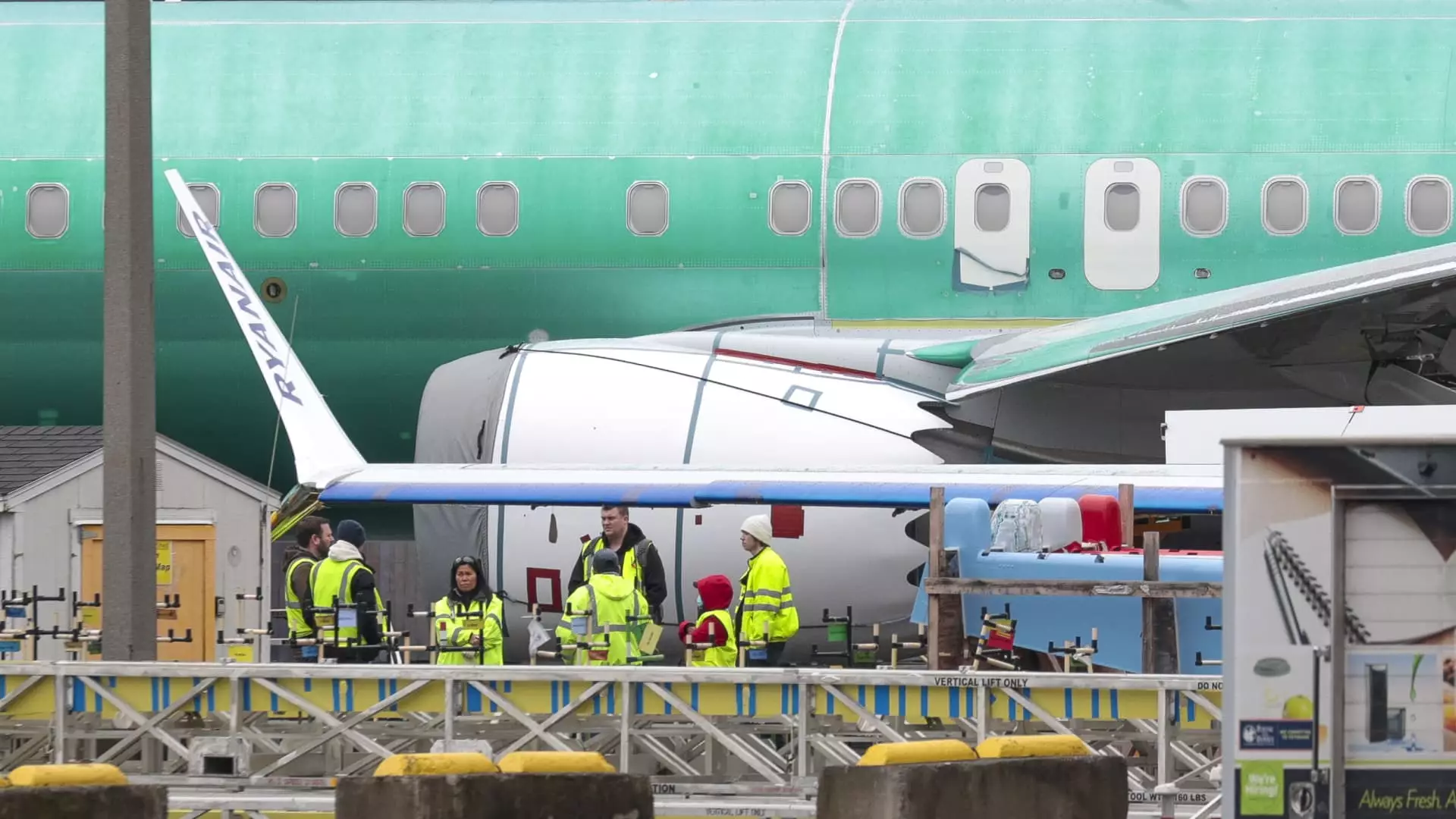Boeing recently announced a leadership change within its 737 Max program, replacing Ed Clark, the head of the program, with Katie Ringgold. This change comes less than two months after an incident in which a panel blew out on one of the jet models during an Alaska Airlines flight, leading to a temporary federal grounding of the aircraft. The decision to replace Clark reflects Boeing’s commitment to improving its quality control measures and ensuring the safety of its aircraft.
Stan Deal, CEO of Boeing’s commercial airplane unit, emphasized the company’s enhanced focus on meeting or exceeding all quality and safety requirements in a memo to employees. The appointment of Elizabeth Lund as the senior vice president of quality for the commercial airplane unit further underscores Boeing’s dedication to ensuring the highest standards in its operations. These leadership changes signal a shift towards prioritizing quality and safety above all else.
The recent incident aboard the Alaska Airlines flight is just the latest in a series of crises that Boeing has faced in recent years. The fatal crashes of its Boeing 737 Max 8 in 2018 and 2019 had already raised serious concerns about the company’s safety protocols. Additionally, quality flaws in Boeing planes have resulted in delayed deliveries and increased regulatory scrutiny. The need to address these ongoing challenges is critical for Boeing’s reputation and long-term success.
Following the incident on the Alaska Airlines flight, federal regulators have intensified their inspections of Boeing’s Max production lines. The National Transportation Safety Board’s preliminary investigation revealed issues with the installation of the door plug that blew out during the flight. The Federal Aviation Administration has also imposed restrictions on Boeing’s production output until it is satisfied with the company’s quality controls. These regulatory actions highlight the importance of stringent oversight in the aerospace industry.
As Boeing works to address quality control issues, its rival Airbus has been increasing both production and deliveries of new planes. This competitive pressure underscores the need for Boeing to prioritize quality and safety in order to maintain its market position and regain the trust of customers. The challenges facing Boeing are not just internal but also external, requiring a concerted effort to address systemic issues and rebuild confidence in the company’s products.
The leadership changes at Boeing signal a renewed emphasis on quality control and safety in response to recent incidents and ongoing challenges. The company’s commitment to meeting regulatory requirements and addressing customer concerns is essential for restoring its reputation and ensuring the long-term success of its aircraft programs. By prioritizing quality and safety above all else, Boeing can regain the trust of customers and stakeholders in the aerospace industry.


Leave a Reply